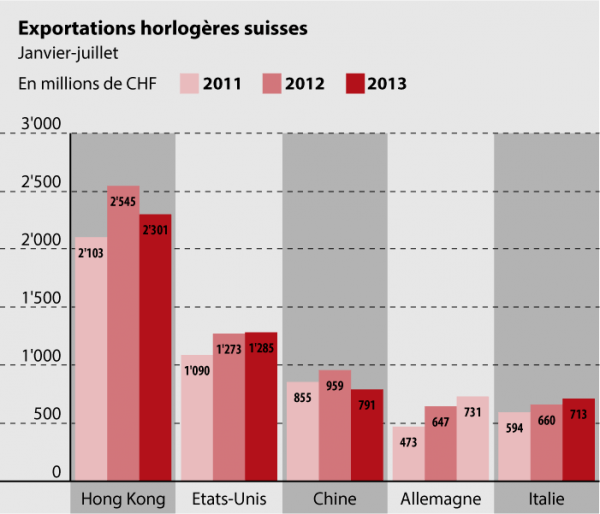The slowdown in wealth creation
Like its economy, China’s wealth creation hasn’t been quite as spectacular as before. A report from GroupM Knowledge and the Hurun Institute reveals that in 2012 the number of millionaires – defined as individuals having assets of at least RMB 10 million (USD 1.63 million) – increased by just 3% year-on-year to 1.05 million. As the report states, this represents the slowest rate of growth in their number for the past five years and the second year of decline. Currently, one in 1,300 people in China is a millionaire.
The same trend has emerged among the country’s super-rich, namely those with assets in excess of USD 16 million. Their number grew by just 2% last year, to 64,500 individuals. Once again, the report’s authors attribute this “counter-performance” to the fact that the Chinese economy is cooling off.
The explosion in e-commerce
Other reports paint a distinctly more optimistic picture for the coming years. Boston Consulting Group forecasts that China’s wealthy will more than double in number between now and 2020, and that they will account for 75% of the increase in luxury purchases there. Between 2010 and 2020, this affluent population – halfway between middle class and super-rich – will rise from 6% to 21% of the country’s total population to reach some 280 million individuals. In the light of these figures, the Middle Kingdom is clearly poised to become the world’s biggest luxury market, accounting for 23% of global consumption.

E-commerce is another boon factor. According to a report by China Business Solutions, e-luxury has taken off in China, expanding by 71% in 2012 to RMB 18.9 billion (EUR 2.3 billion). The consultancy forecasts that come 2015, the luxury e-commerce market will be worth more than RMB 45.3 billion (EUR 5.5 billion), with growth expected to achieve 43% this year and 24% in 2014. The report urges luxury firms to enter the market without further hesitation… an opinion not all brands share. One of the main sticking points remains the potential loss of image, particularly as customers in search of an authentic product risk being taken in by the profusion of fakes circulating online.
2013, a transitional year
Where, then, does this leave watchmaking? Between January and July 2013, Swiss watch exports to China fell by 17.5%, mainly as a consequence of the new government’s policy to outlaw the practice, in the political arena, of giving costly gifts. The first albeit timid signs of improvement are nonetheless beginning to show. “The situation is starting to recover in Hong Kong,” says Antonio Calce, CEO of Corum, although he still believes 2013 will be a transitional period for Swiss watchmakers in the region.
Nick Hayek, head of Swatch Group, announced an upturn in sales to China in June, and a positive start to July. Once again, figures show regional discrepancies. For the industry as a whole, while exports to China fell by 9.7% in July, it seems Hong Kong is coming out of the trough with a drop of just 0.9% for the same month. In Nick Hayek’s opinion, a boost in activity over the last six months of the year could easily result in a rise in exports of between 5% and 10% for the year as a whole, across the entire region.










